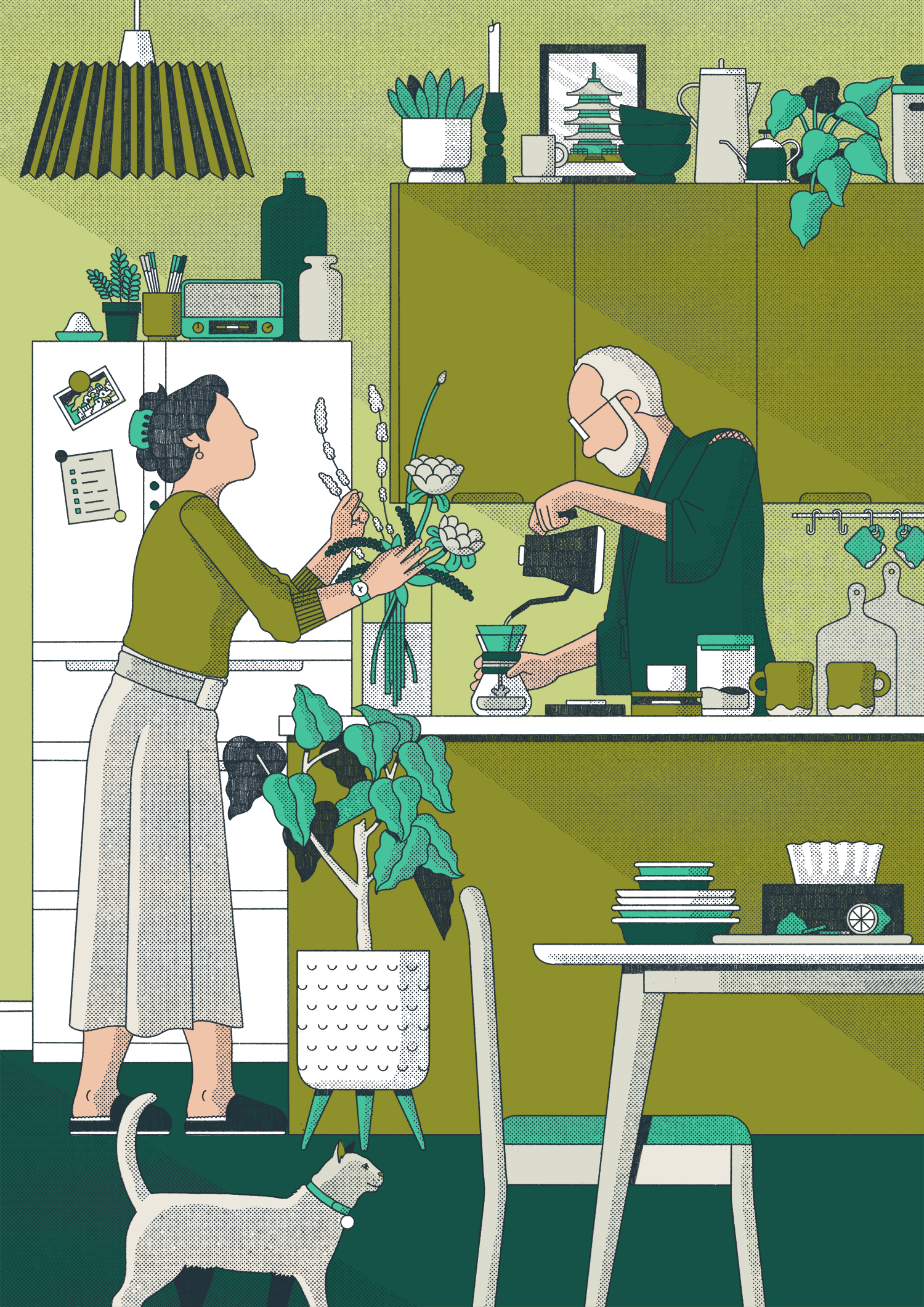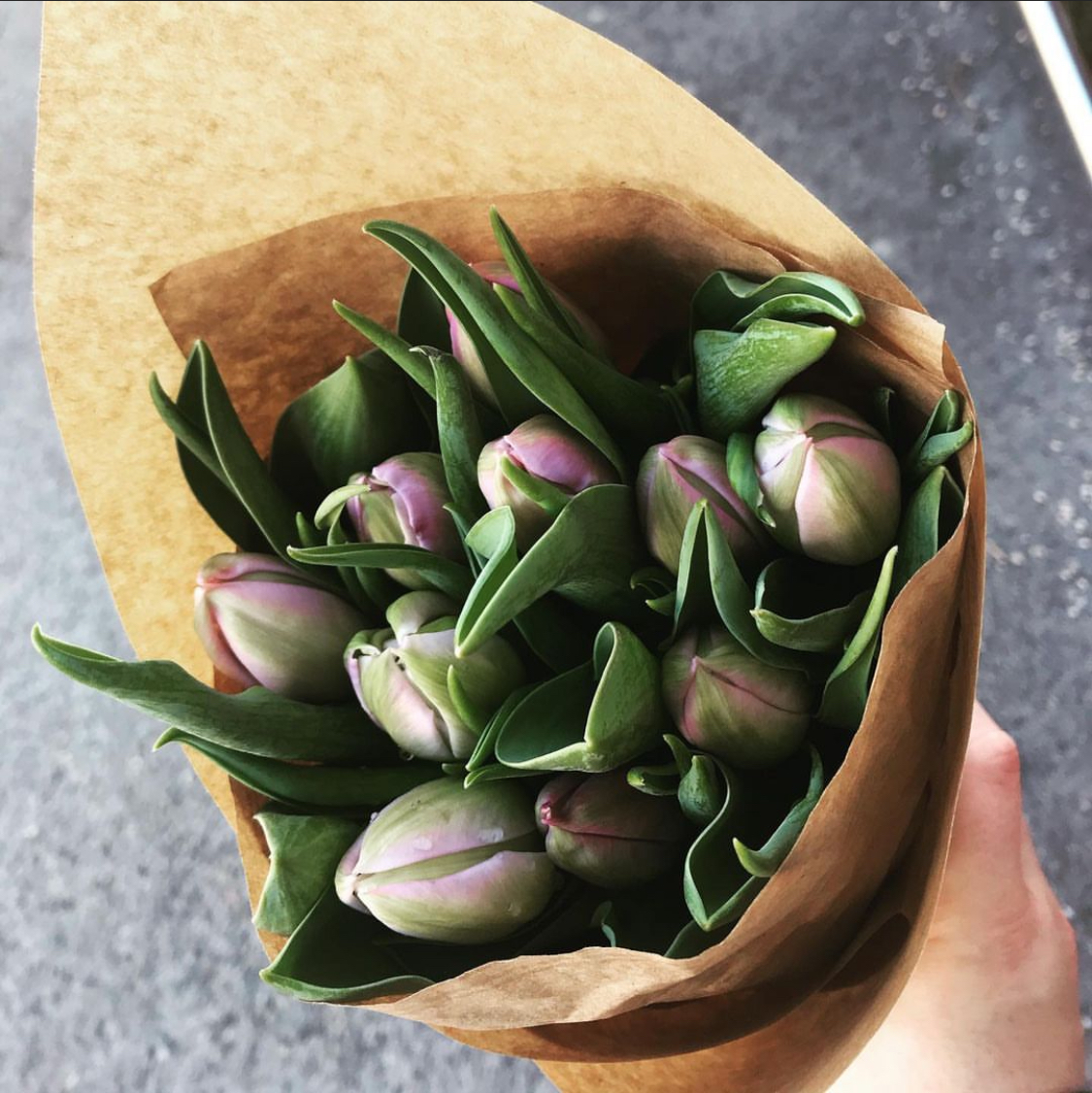
Today’s Behind The Print is taking us to Lisbon, Portugal to talk to illustrator and all-around creative Leni Kauffman. We met on Twitter and bonded over online bullies and the dangers of AI. Today we talk about how her career came to be, where Leni gets her inspiration from, how she started designing book covers (a few examples below), how AI is stealing from artists, and if Lisbon is as amazing as I imagine it to be…
Welcome, Leni! Thank you so much for being part of the Behind the Print series. Tell us a bit about your artistic background. What led you to design book covers and find your unique style?
I have been drawing since I was a kid, and always had an interest in doing something creative. I studied Fashion Communication very briefly at university before I realized I wanted to study Illustration instead. That felt like a more natural fit for me, and after quite a few years in all sorts of jobs and freelancing in different areas (model making, background art for animation, homeware design, and waitress), I finally landed back into illustration as a career.
It was only after I took on an illustrated cover from Mimi Grace, that designing covers kind of snowballed. Previous to that cover, I had only really illustrated a couple of covers, but the Mimi Grace one brought me more attention from other romance authors looking for cover illustrations.
Style is a complex subject for me, and I think many artists would agree that you don’t really sit down and choose a style and then that’s it forever. For me, style comes from lived experiences, personal interests (in my case, movies, nature, gardening, stories, inclusivity, travel, fashion, fantasy), artists you admire, colors that inspire you, experimentation, and lots and lots of practice. Style also naturally evolves the more you draw, so I think it’s normal for an artist to draw differently from how they did 10 years ago.
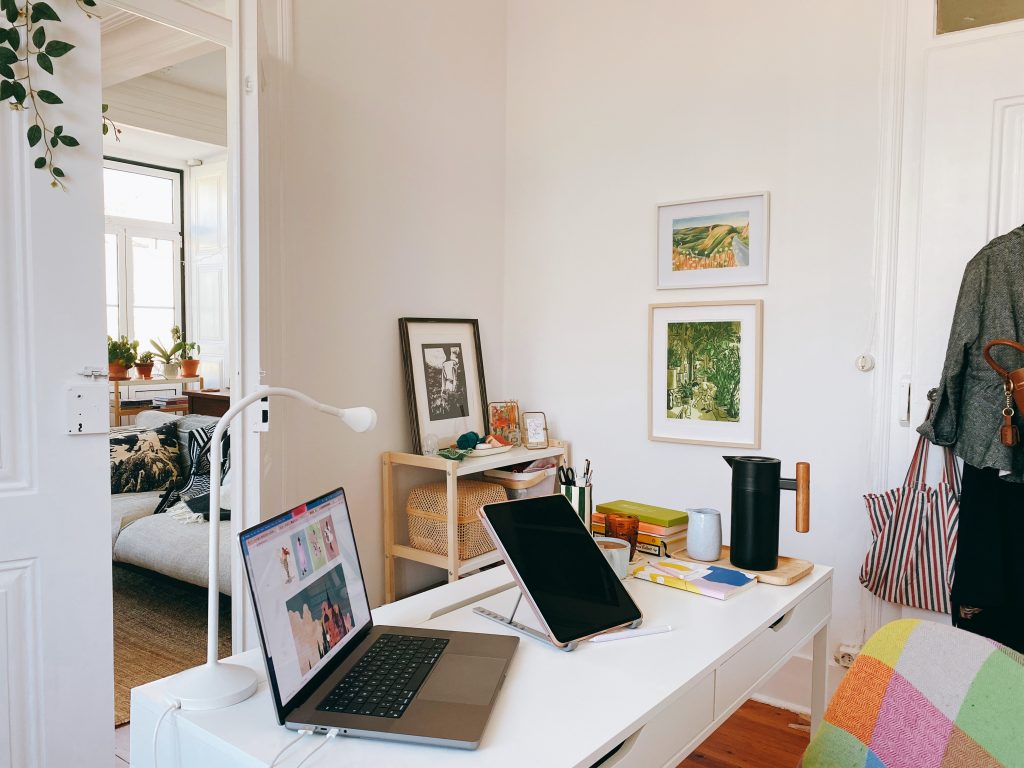
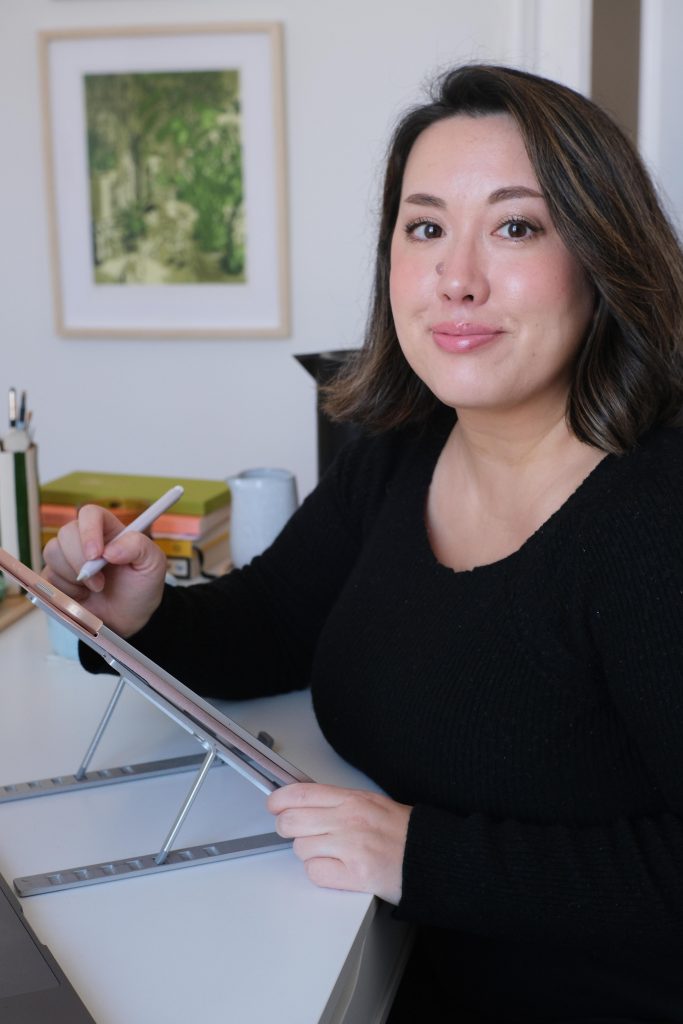
That makes sense. Take us through the average process from the idea to the first draft to the finished drawing.
With any project, I do a bit of research first – usually for visual references. For example, if I’m drawing a woman in a Regency outfit, I will look up original drawings from that era showing what people wore, as well as what kind of hairstyles were fashionable, and what someone might wear in a particular setting, let’s say a ball vs. outdoor activities. I’ll also look at settings for background, and different body positions, it depends on the project.
Next, I’ll make a rough sketch, and if I’m working with a client, this is the part that usually goes through a few changes. If I’m doing an illustration for myself, I focus more on overall shapes and composition, and what I want to communicate. Then I’ll do a cleaner sketch, where you can see the lines more clearly, and make decisions on details and placement.
After this, I move on to color and start putting down bigger areas of color, before I move on to details and shadows. I also prefer to draw characters first, and then the background.
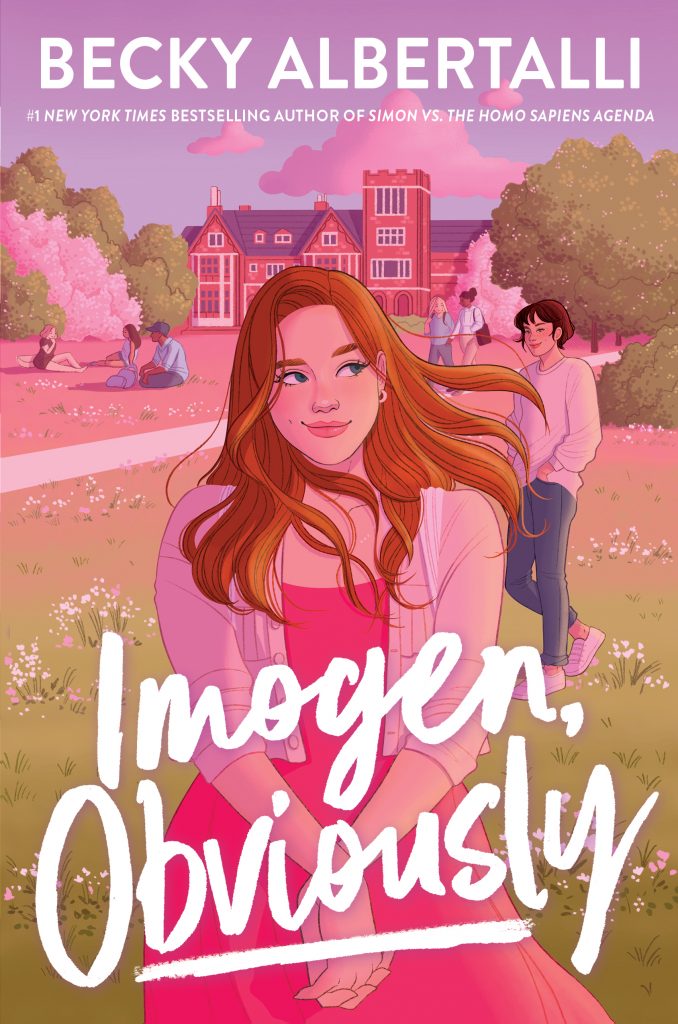
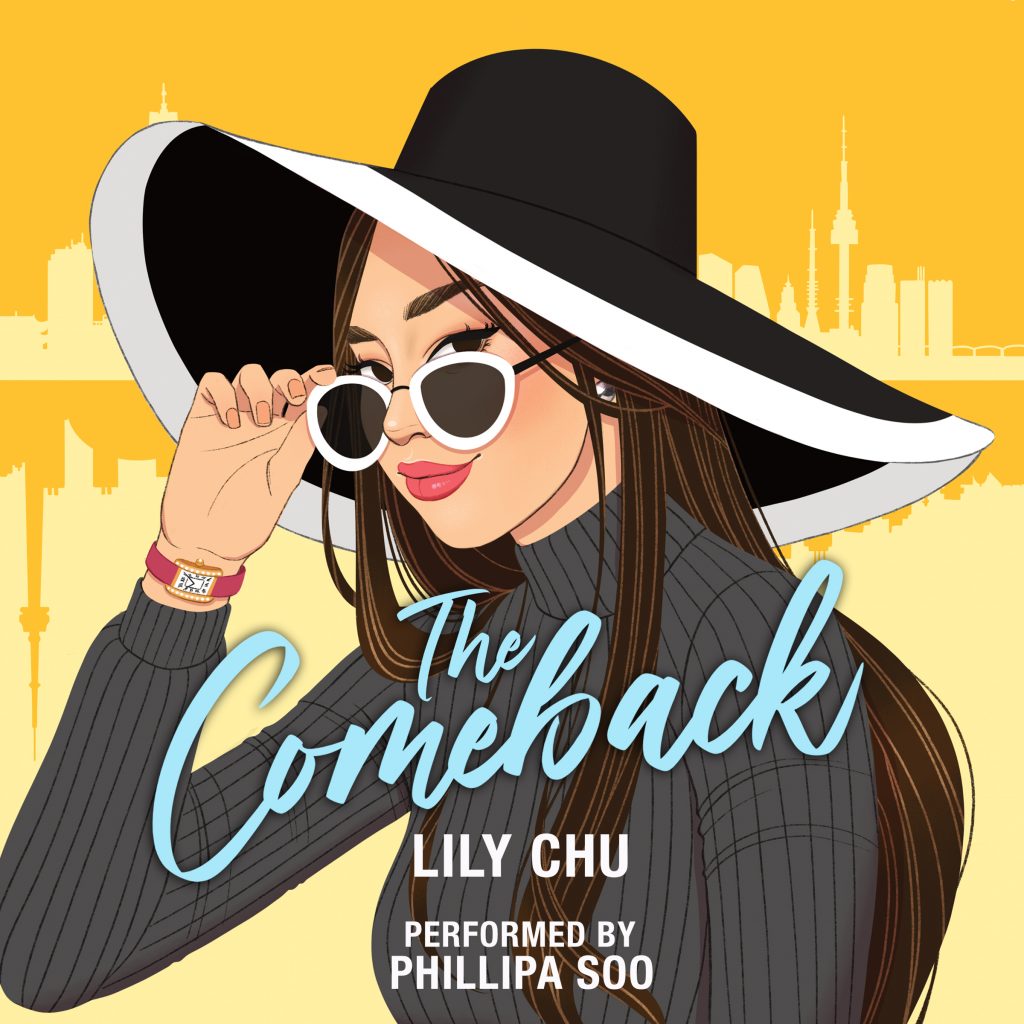
I love the attention to detail in your illustrations. Where do you get inspired? What/who inspires you?
Oh, where do I start?! Nature, food, fashion, travel, stories, movies, memories. I’m also inspired by so many artists, but there are too many to count, but let me try. Off the top of my head James Oses, Tatsuro Kiuchi, Tove Jansson, David Downton, Rene Gruau, Sempé, Hergé, Hayao Miyazaki, Maxfield Parrish, Raoul Dufy, Matisse, Libby VanderPloeg, Caitlin Mcgauley, Jose Luis Agreda, Oamul, Grace Helmer, Claire Hummel, Nathan Fowkes, Sibylline Meynet, Tiffany Ford, Alex Cho, Moebius, Jessica Meyrick, John Singer Sargent, Satoshi Hashimoto, Luis Mendo, Vanessa Gillings, Zoe Si, Lucy Knisley, Kate Beaton, Simone Massoni… the list is endless and I keep discovering incredible new illustrators and artists all the time.
That is quite a list, I do like the versatility! I remember finding your page on Instagram way back when. I was blown away by your illustrations and how inclusive they were especially when it comes to women and body shape. How did that evolve?
I want to show the variety and richness of life around us, and how there is beauty in all the differences we have. Unfortunately, I think there are still a huge amount of people that are very underrepresented by movies, tv shows, books, and advertising, and I want to do my small part in making people feel seen, especially in underrepresented communities. I am mixed race myself, and up until Crazy Rich Asians came out, I don’t think I had ever seen two East Asian leads in a big Hollywood film like that before! So I know how much it means to see yourself represented.
It’s a similar issue when it comes to body shape. There is only a very narrow sort of body shape that is represented in media, and I want to celebrate that we come in all shapes and sizes!
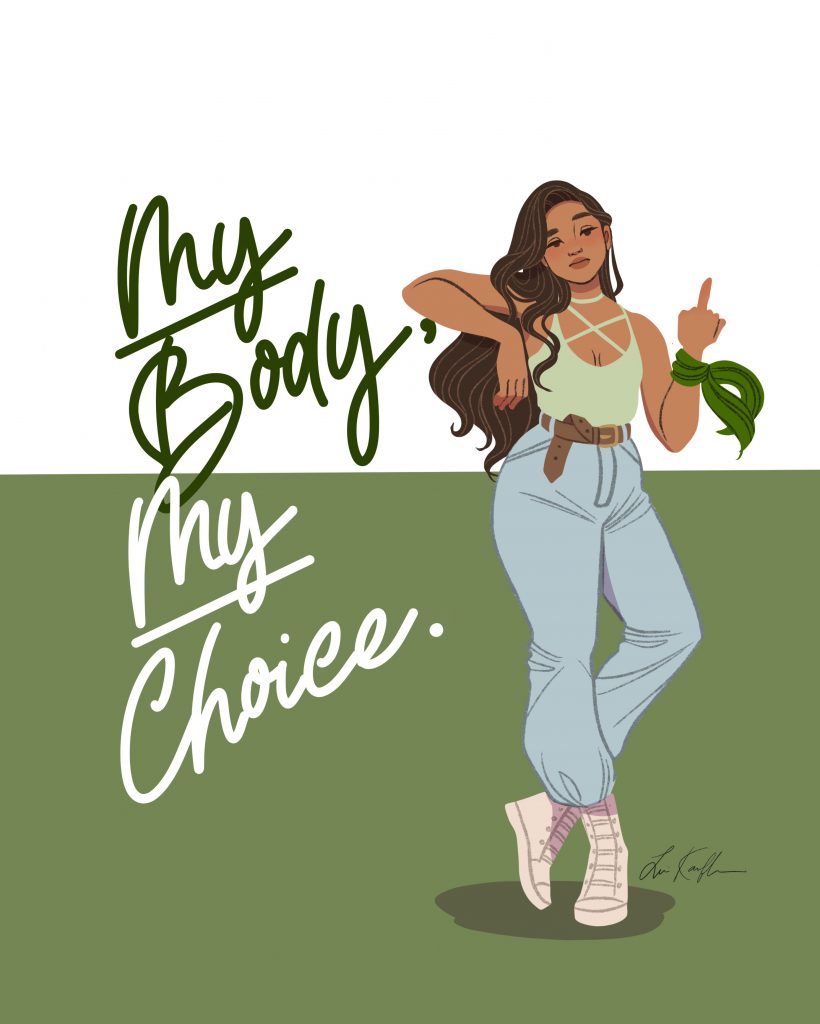
A lot has evolved in the last few years but it’s still not enough. I am curious about your daily work routine. Assuming not all workdays are alike. What does a typical full-time workday look like for you?
I usually start work around 10 or 11 AM and finish work at 7 or 8 PM. A typical workday would be some combination of replying to emails, and then working on sketches, or color stages of sketches, and sending invoices or completing paperwork. Some weeks I have too many emails to reply to, so I need to just dedicate one day to emails so that I can free up time to do some actual drawing for the rest of the week.
I also teach two short courses at the University of the Arts London, so some days I will have to write feedback for students’ work
All fueled by copious cups of Earl Grey tea if we’re honest, and if I need a change of scenery, I’ll go work in a café. For whatever reason, I seem to get more work done in a café, so if I need to concentrate, that’s where you will find me.
background coffeehouse chatter is so soothing when you need to get work done! I love how diverse your life is. You are American-Japanese and live in Lisbon. What’s the story behind that?
I was born in Tokyo, to a Japanese mum and an American dad, and I spent my childhood there until the age of 11. I then moved to the UK for my schooling, which was a huge culture shock, especially as a teenager. I basically stayed in the UK and London for most of my life, and only recently moved to Lisbon in 2019.
I had visited Lisbon a few times, and it seemed like the ideal city to live in for me – old and beautiful, and a city by the sea. I decided life is too short to think about what if or talk myself out of it, so I found a way to move here.
I can’t wait to visit Lisbon soon! How would you describe the art community in Lisbon or Portugal in general?
Lisbon is a much smaller city than London, so there is maybe a much smaller community, but there are plenty of working artists and illustrators in Portugal! I would love to meet more artists living here, but so far I haven’t met that many.
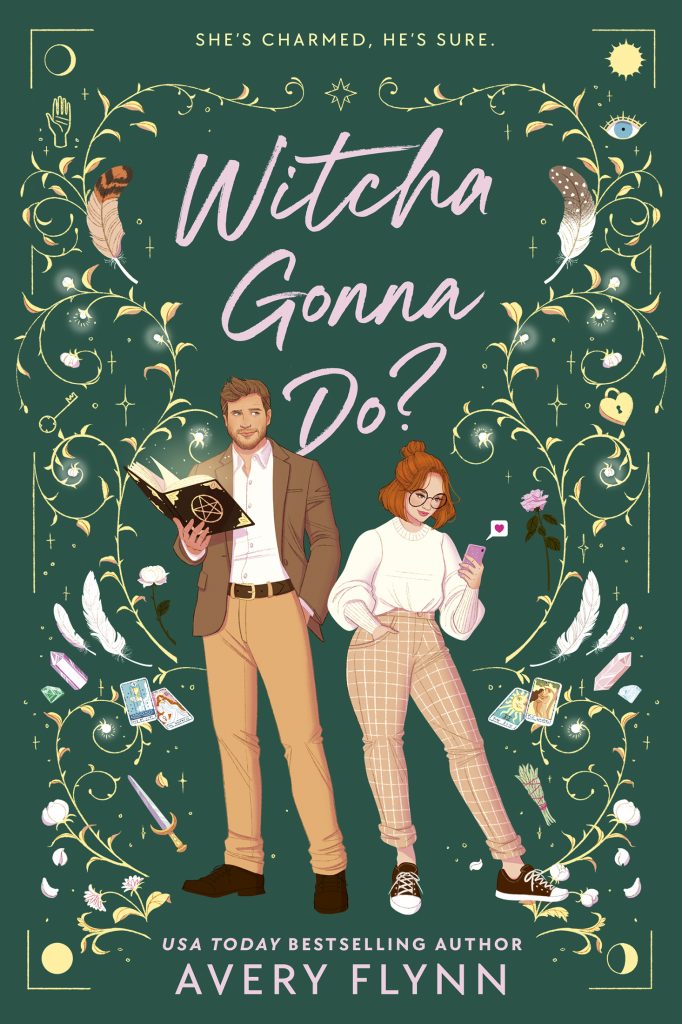
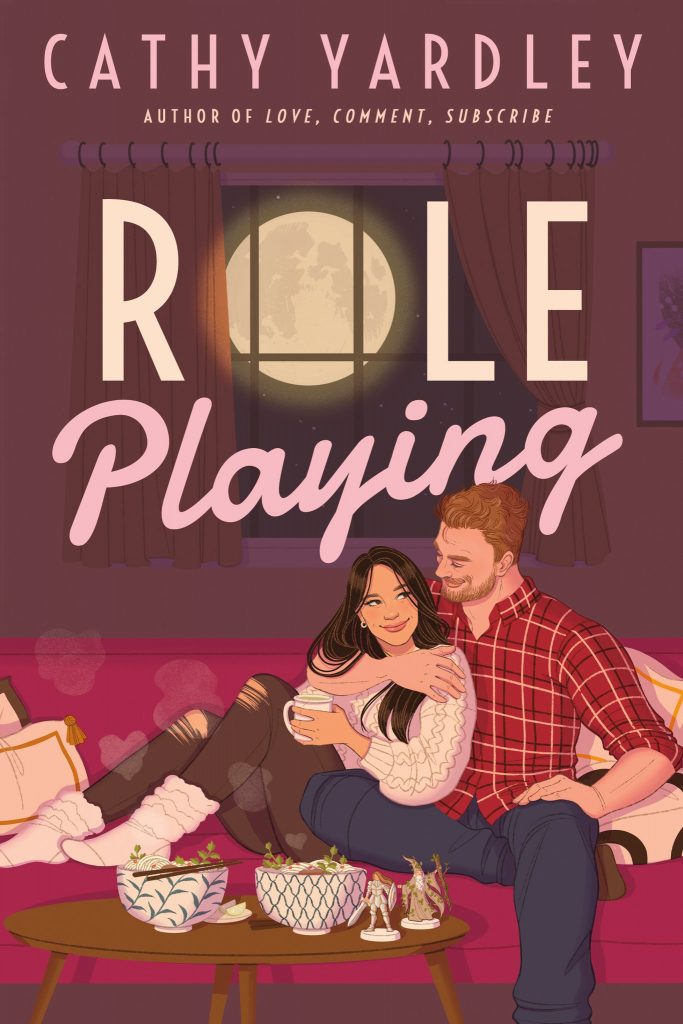
I remember I finally reached out to you when you tweeted about experiencing negativity concerning your work. though sadly it is nothing new, It was devastating to see how the bullies treated you. How do you deal with online hate?
Not very well apparently, haha. But all jokes aside, I know the saying is Don’t Feed the Trolls and I do try my best to ignore hateful comments and block people that are just saying things to be hurtful for the most part. At the same time, I also think it’s an active choice to go out of your way to say hurtful things to an artist whose work you dislike. If I see something that is not to my taste online, I just scroll past it. I’m a bit in two minds about this kind of behavior to be completely honest with you.
On one hand, it’s best to just ignore these people, but on the other hand, I want to call out this kind of behavior and don’t think we should just have to put up with it.
I agree. On a more positive note: Do you have a favorite print or artwork by another artist you purchased or wished that was your idea?
There are so many times I’ve seen an artist draw something and I wish I had done it first! But different artists can explore the same topic and approach it in different ways, and will get very different results.
I recently purchased a print by Luis Mendo, from his Homestayer series he drew during lockdown in 2020. It is of a person feeding their cat in their apartment and the apartment is filled with various plants of different sizes. It’s like a jungle and I love it.
I also recently purchased some paintings by Grace Helmer, who works with oil paint and creates these beautiful, graceful paintings, I especially love how she draws trees and plants. She reminds me to loosen up my strokes sometimes!
I loved The Homestayer series, totally my vibe! Last but not least, since I know you did a lot of work on educating people about it: could you give us a quick overview of the dangers of the AI trend and why it is harming artists everywhere? I didn’t know until reading about it in your Instagram stories. What made you speak up against the AI trend publicly?
To put it simply, a lot of these AI programs use work that has been stolen from artists and used without their permission. The recent trend to use the AI Lensa app to create ‘illustrated’ selfies of you uses Midjourney, which in turn uses a lot of stolen work from artists. Lensa charges a fee to use that app, so they are making money off the back of stolen work. I think AI could potentially be used ethically if artists had the option to opt out of having their work used to train the AI, but at the moment it is anything but ethical use.
Many artists have begun to speak out about this, and AI images are already taking jobs from us. AI images have been used in competitions, articles, and book covers, all areas where they could have hired an illustrator or artist, but chose to type some words into the program and have it regurgitate some images that are just copying and pasting together pre-existing images that are – again – stolen from artists.
The default argument from AI apologists seems to be ‘well artists use references too, this is no different’ but this argument is given by people who have a fundamental misunderstanding of what art is! Artists don’t just regurgitate images they’ve seen like a copy machine – they are inspired by experiences, emotions, metaphors, memories, stories, etc. It is horrifying and dystopian that people want to automate all of that richness and experience into a press of a button. AI is not a person, it cannot be inspired in the same way, and has no thoughts or emotions to express.
There is a lot more information out there about this topic, and many artists are speaking up about this worrying trend. I wanted to speak up about this because it affects all artists – someone can decide to feed all of my illustrations into a program, (without my permission!) to get the AI app to make something that looks similar to my work. I have spent my entire life carving out my own way of drawing, as have all artists. To have a computer come and emulate that without actually learning to draw, without my experiences or thoughts, is dehumanizing.

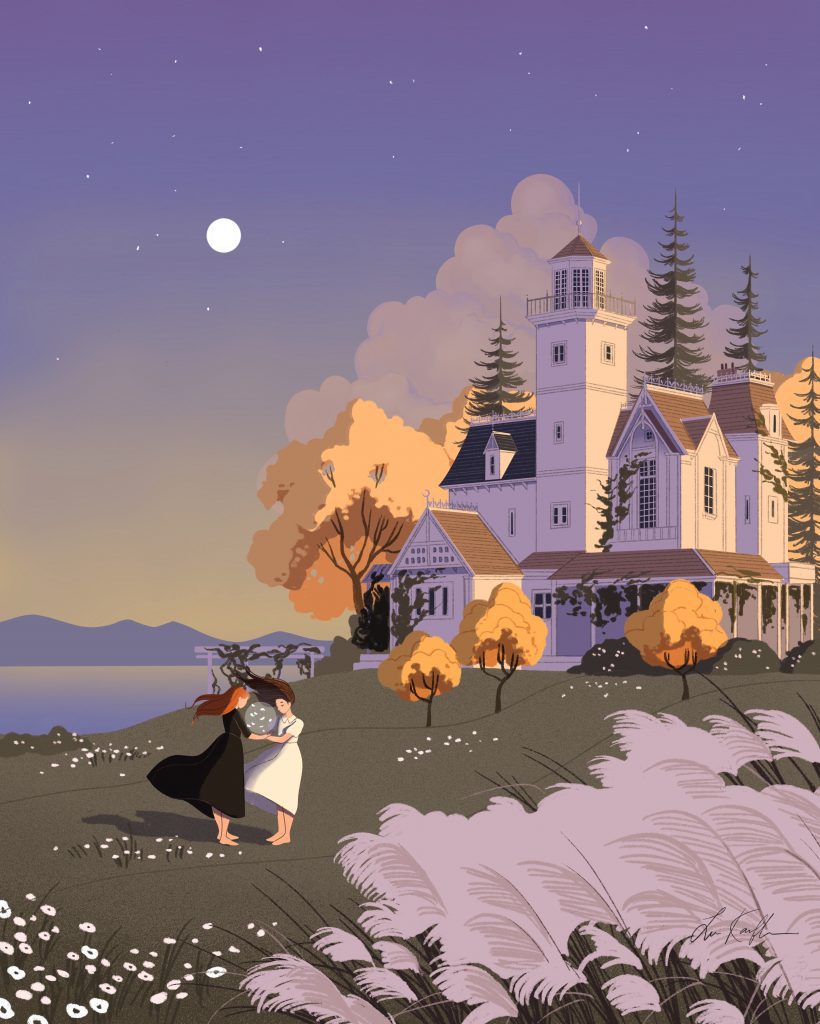
It absolutely is! I sincerely hope it will die down after the initial craze, and people think about your words before using the apps. That’s It from me! WHERE CAN MY READERS FIND YOU ONLINE?
Thank you for having me, Martina! You can find my work at lenikauffman.com and follow me on Instagram and Twitter for frequent updates and new illustrations.
THANK YOU SO MUCH FOR TAKING US BEHIND THE PRINT TODAY, Leni!
(All images courtesy of Leni Kauffman)
